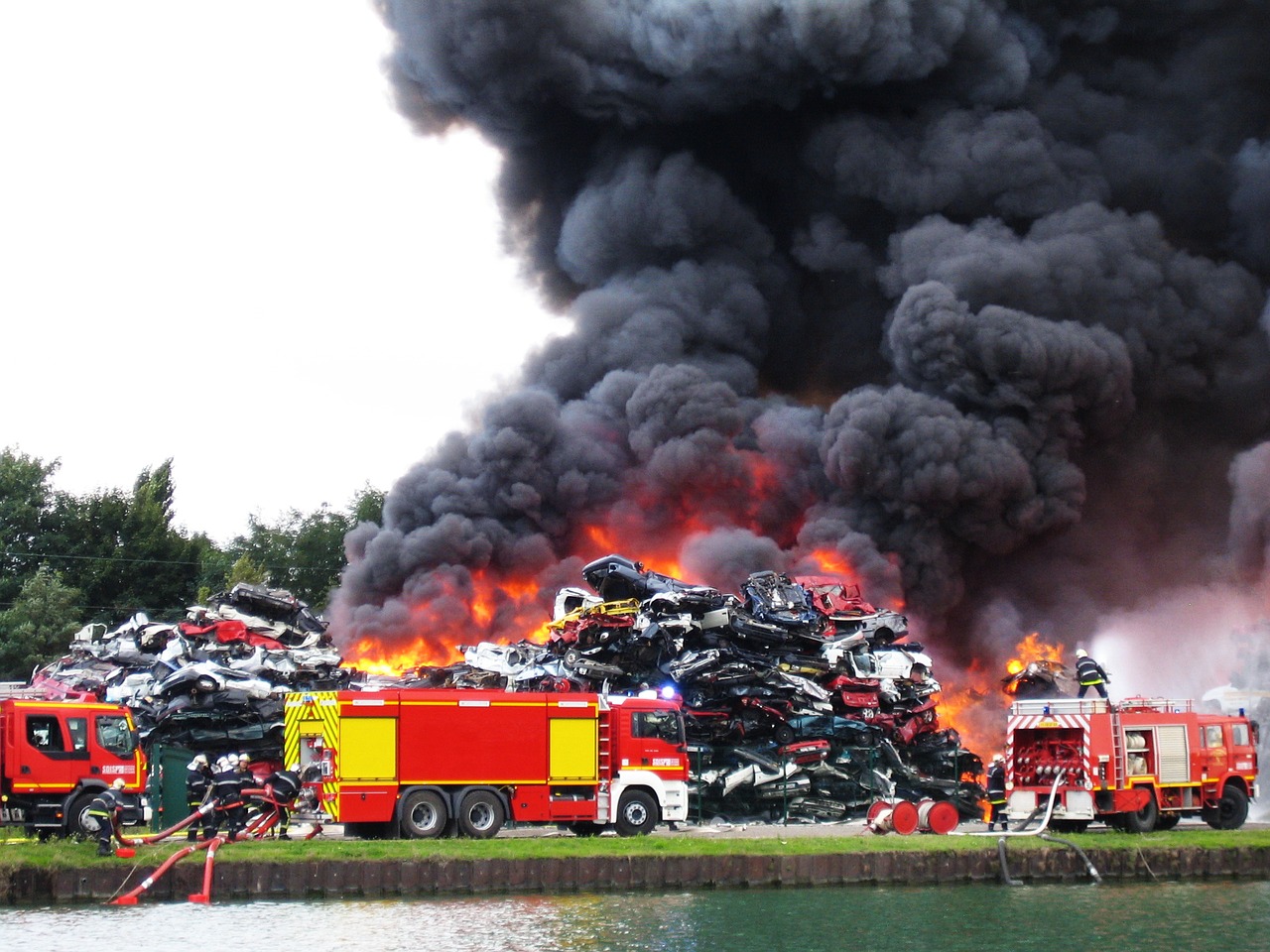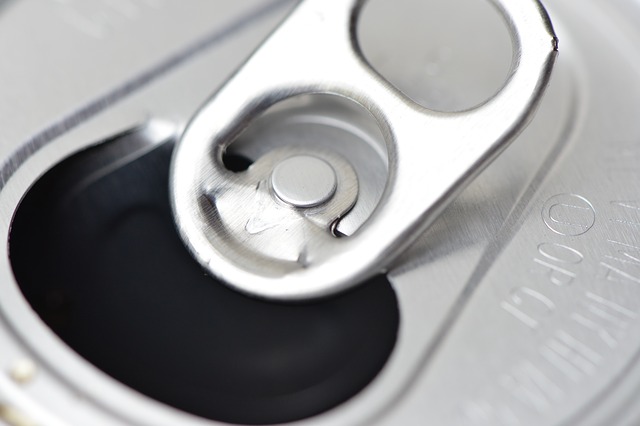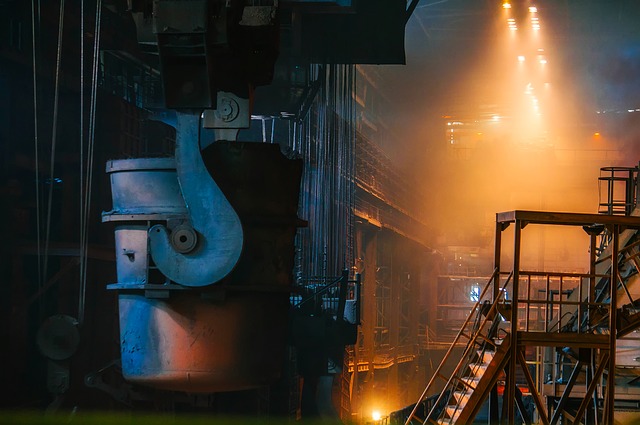The environment knows that almost everything should have protection – even against the environmental hazards. You can see it in every living creature. Turtles have shells and our brains are being protected by skulls. With this in mind, in protecting electronic devices we should derive how nature is designed.
This is also the very reason why it is very crucial to choose the right electronic chassis. This is also called an electronics enclosure. This is designed to protect some of the sensitive internal components in the electronic devices.
When it is the best time to choose the right electronic chassis for the device that you are trying to design, there are several factors that you should take into an account. In this article, we will look at the most asked questions that should guide you in creating your decision and how companies can help you outsource the enclosure your are looking for.
The Environmental Factors and NEMA/IP Rating
There are things that should be considered when choosing a good electronic enclosure. You should think about the several environmental factors that you will be facing. In the list below, it will help you decide if your chassis should need any of the specific protection or security features that will be needed to protect your equipment from certain environmental factors:
- Precipitation that can occur from rain, sleet, or snow
- Washdowns with hose-directed water or water splashing
- Existence of dust, stand or floating debri
- Corrosion that can occur from any airborne salt particles that can occur from exposure to chemicals
- Accidental contact through people or animals
- Force or great impact from any heavy equipment
- Temporary or prolonged submersion in water
IP or NEM ratings can determine which type of enclosures can stand up to these given environmental hazards. If you need more knowledge and understanding how these ratings work and which performance factors you will potentially need, visit their website for more information. Once you have determined what protection you want for your sensitive equipment, its time for you to choose the right material.
Choosing the Right Material
The material which your chassis will be made will determine several factors about its effectivity and performance. It is crucial for you to make the right choice. The most popular materials used to manufacture chassis are:
Stainless Steel: this metal is the most popular option for both outdoor or indoor devices. This metal has high durability and is able to effectively resist corrosion. As well as it has a very good aesthetic. However, it might be impractical for some engineering applications because of its high cost.
Aluminum: this metal is highly durable and it showcases a natural RF shielding that can come in wide variety of very attractive finishes.
Polycarbonate: this is one another great option that is very tough and it is widely available in different designs and options.
This plastic is one of the most highly-cost effective choice for an electronics enclosure. But this one is not as quite as durable and it is very suited for both outdoor and indoor electronics enclosure.
Quick tip: after choosing the right material for your enclosure, you need to also consider its form that it will be in.






